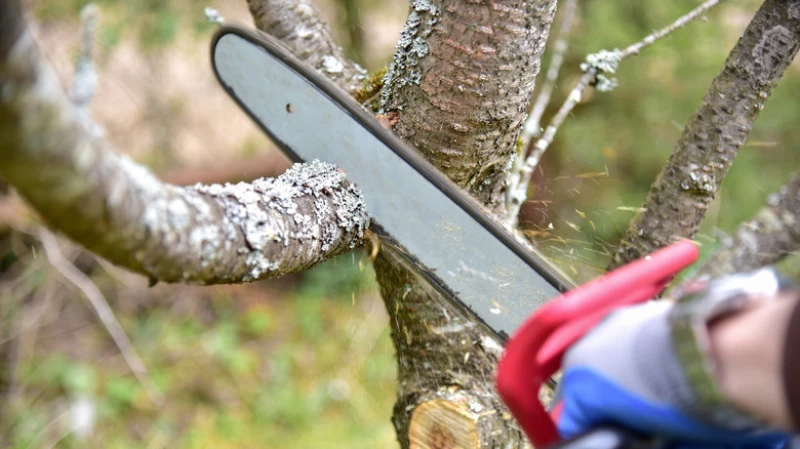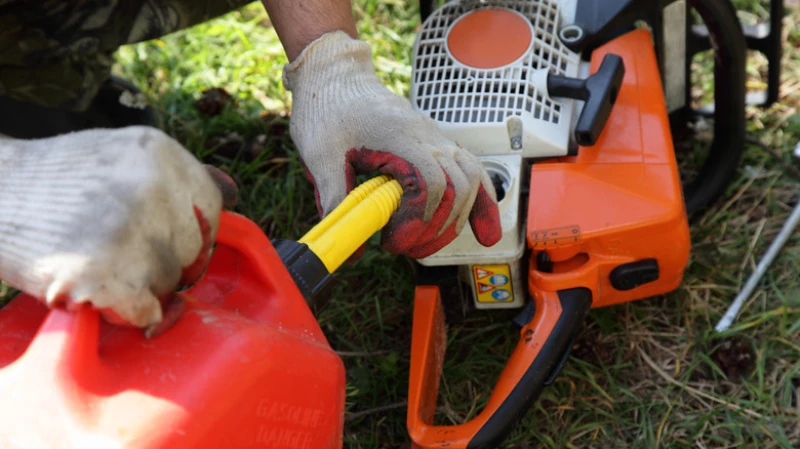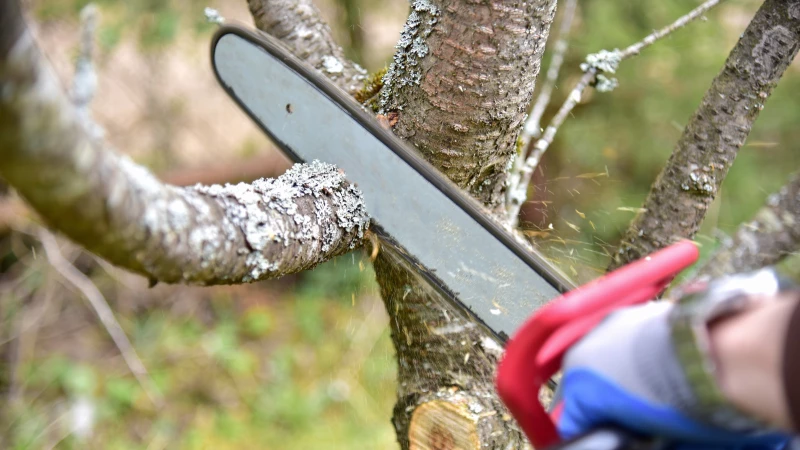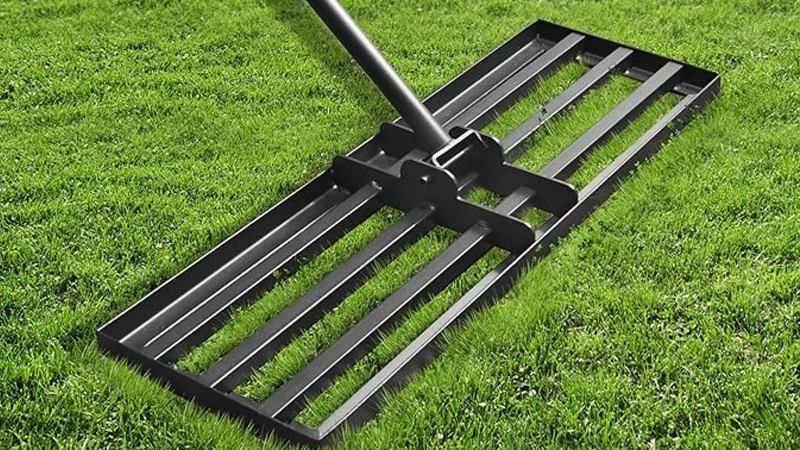The Benefits of Power Tools for Homeowners
When it comes to tackling big tasks around the house, manual tools may not always cut it. Power tools can be a game-changer, saving you time and effort while increasing precision. One popular choice among homeowners is the chainsaw, which proves to be essential for various outdoor tasks like cutting firewood, trimming trees, or clearing out unwanted vegetation. However, not all chainsaws are created equal, so choosing the right design is key to getting the job done efficiently.
Power tools offer a level of convenience and efficiency that manual tools simply cannot match. Whether you're a DIY enthusiast or just looking to maintain your property, investing in power tools can make a significant difference in the quality of your work. So, next time you have a big project on the horizon, consider reaching for a power tool to get the job done quickly and effectively.
How to choose between electric and fuel-powered chainsaws

The choice between an electric and fuel-powered chainsaw depends on your specific needs and preferences. Electric chainsaws, powered by either batteries or cords, are generally more affordable and suitable for lighter tasks like tree trimming and cutting small logs. They operate quietly, making them ideal for residential areas, and are easy to start without the hassle of pulling cords. Moreover, electric chainsaws are lighter, allowing for extended use with less strain on the user. However, their battery life may limit continuous operation, necessitating spare batteries for longer tasks.
Choosing the Perfect Chainsaw Size for Your Needs

After determining whether an electric or gas chainsaw suits your requirements, the next step is to consider the size of the machine. The guide bar length, which is the part of the chainsaw that extends from the engine and holds the chain, plays a crucial role in determining the size. Longer guide bars are ideal for cutting larger wood pieces but require more physical strength to handle. On the other hand, models with shorter guide bars are lighter and allow for more precise cuts.
For homeowners looking to trim small branches occasionally, 12- or 14-inch guide bars are sufficient. However, individuals regularly cutting firewood should opt for guide bars ranging from 16 to 20 inches, with professional models going up to 36 inches for those who frequently deal with larger trees. If your chainsaw use is limited to simple pruning tasks, mini designs with 4-, 6-, or 8-inch guide bars could be considered.
When selecting a chainsaw, it's crucial to pay attention to the cubic centimeters (cc) measurement of the engine. A larger engine will typically have a measurement of 55cc or more, providing the power needed to handle trees and large-diameter firewood. On the other hand, a smaller engine, ranging from 30cc to 45cc, is suitable for trimming small tree branches. For average-sized tasks, an engine measuring between 45cc and 55cc should suffice. It's worth noting that models with larger guide bars generally come with larger cc measurements. Remember, the general rule of thumb is that larger engines result in a heavier chainsaw.







